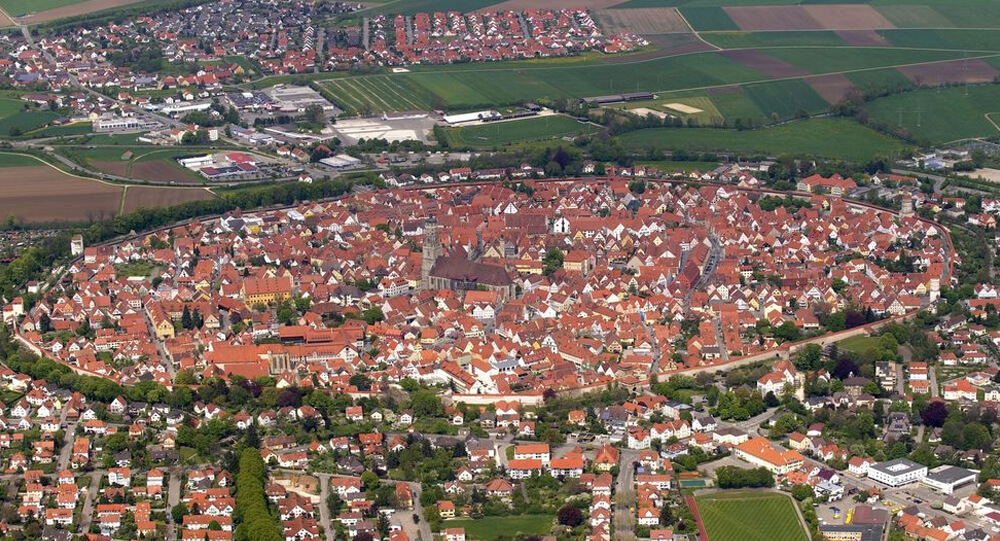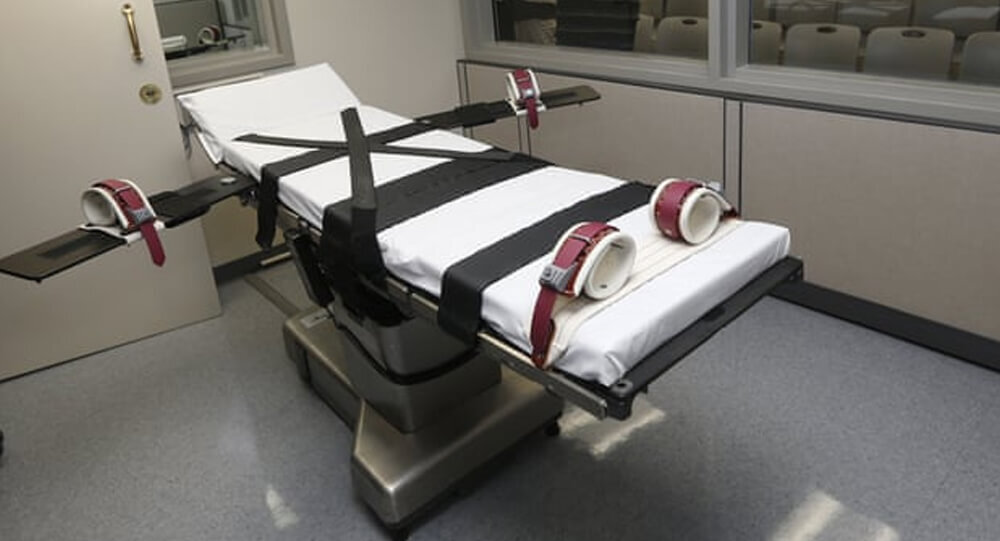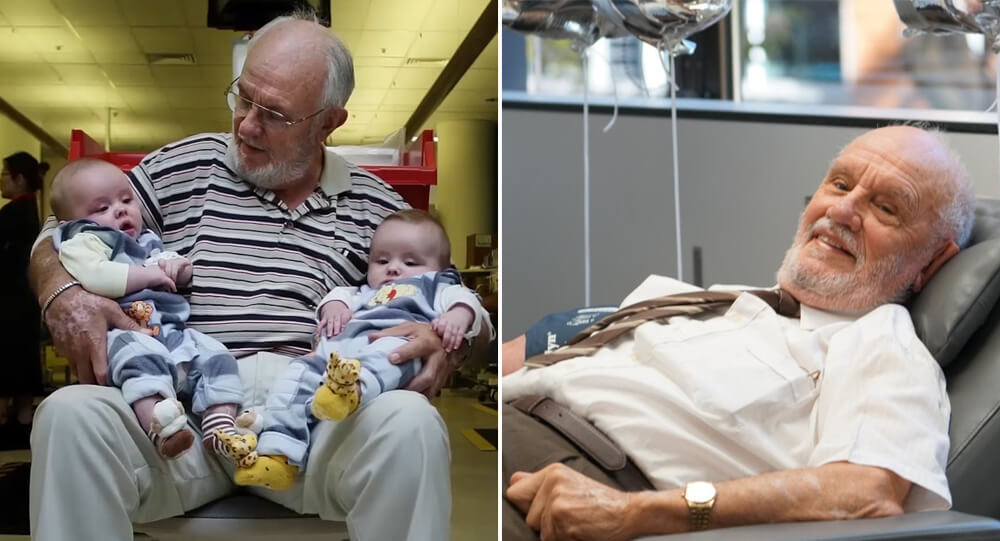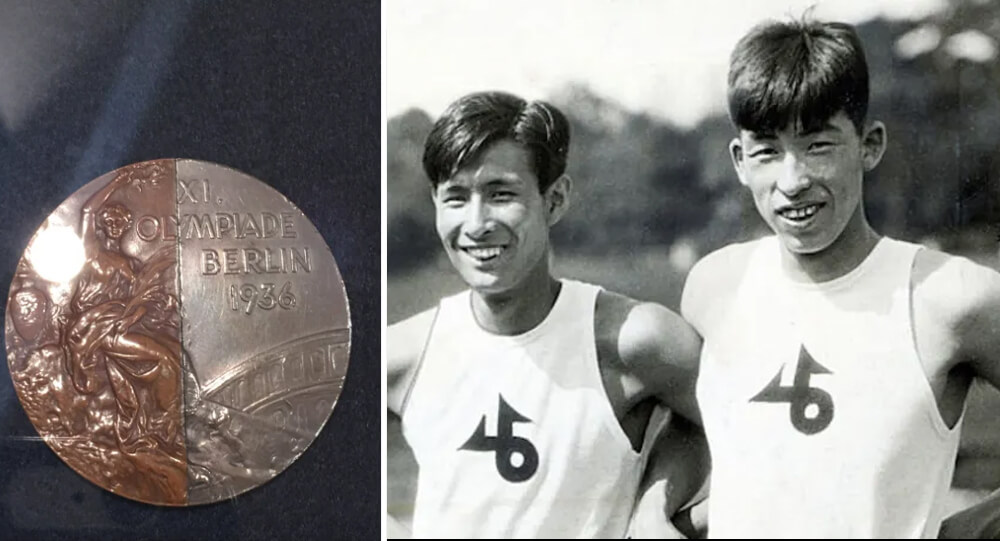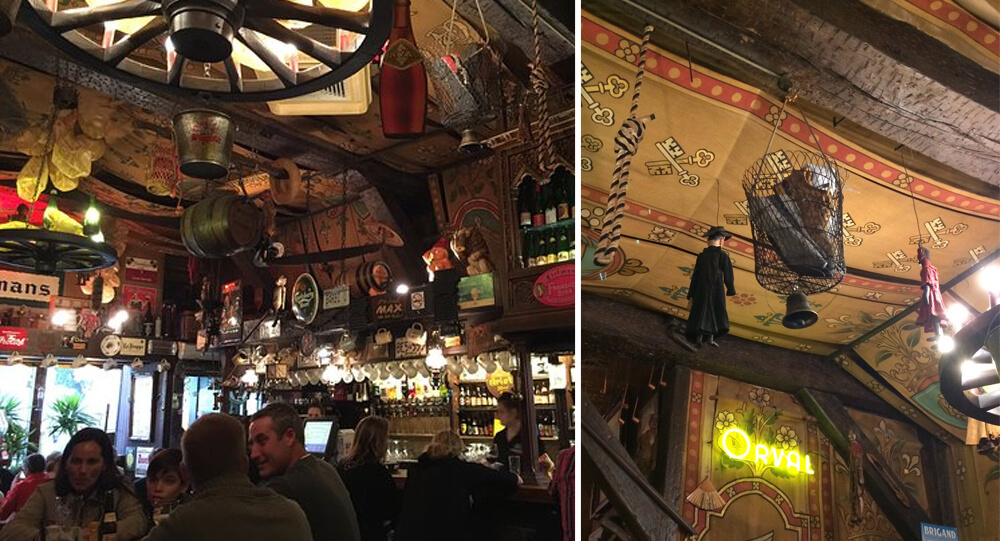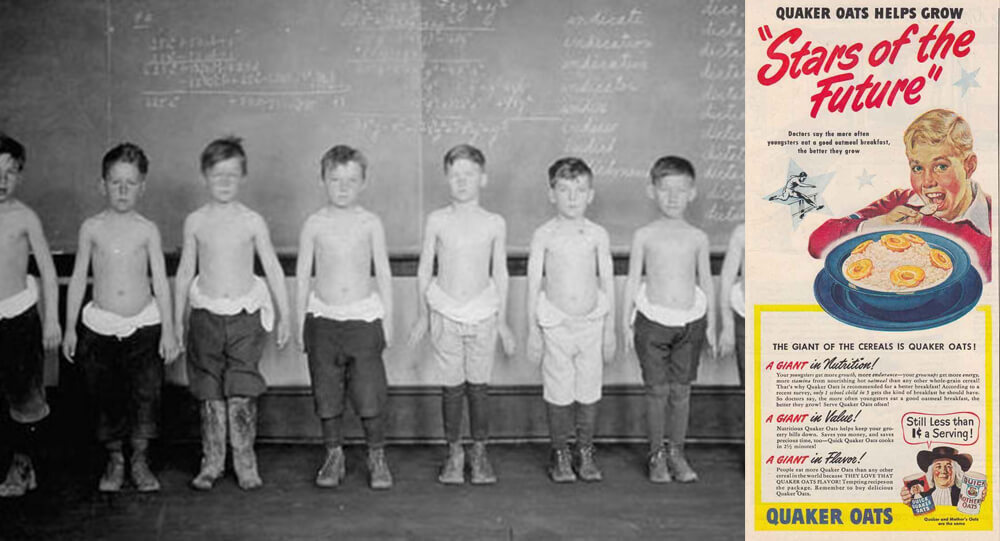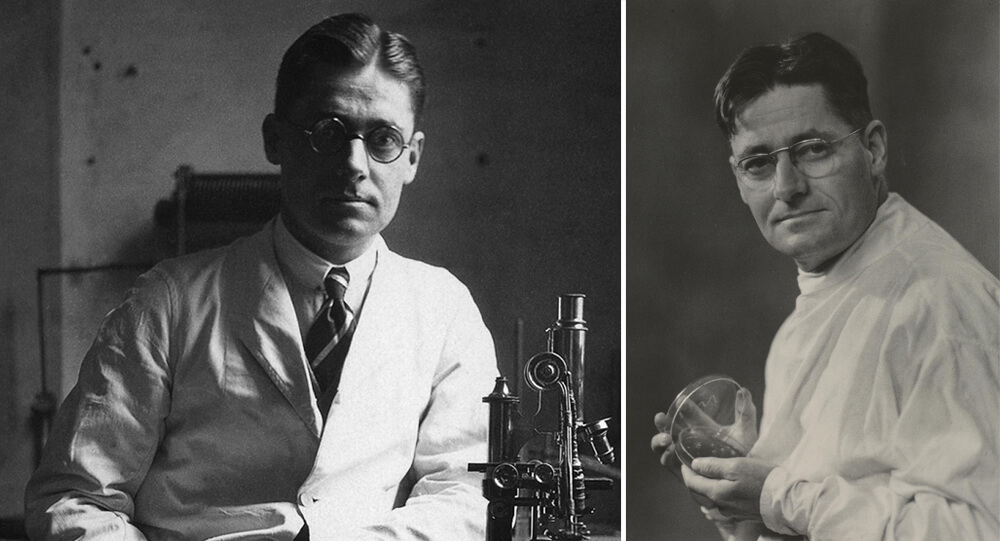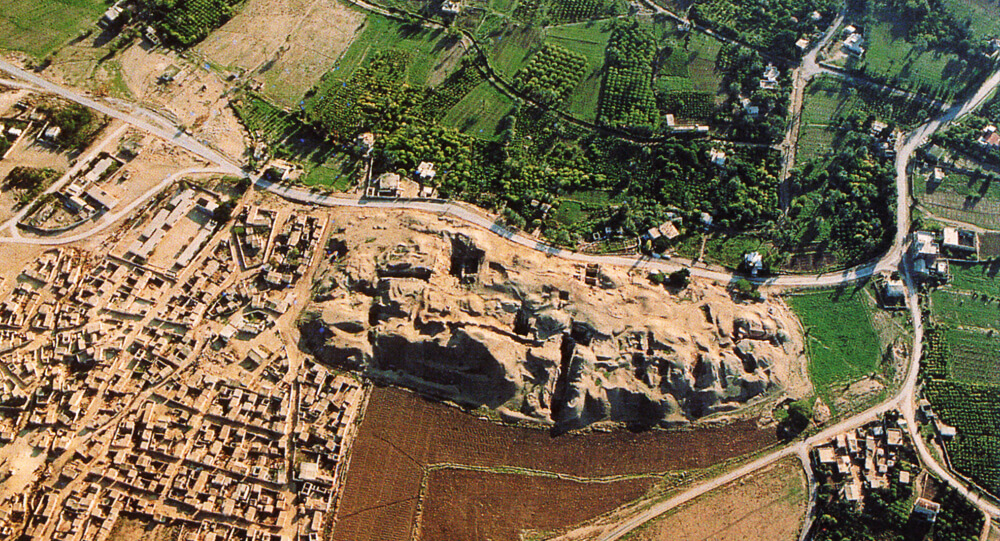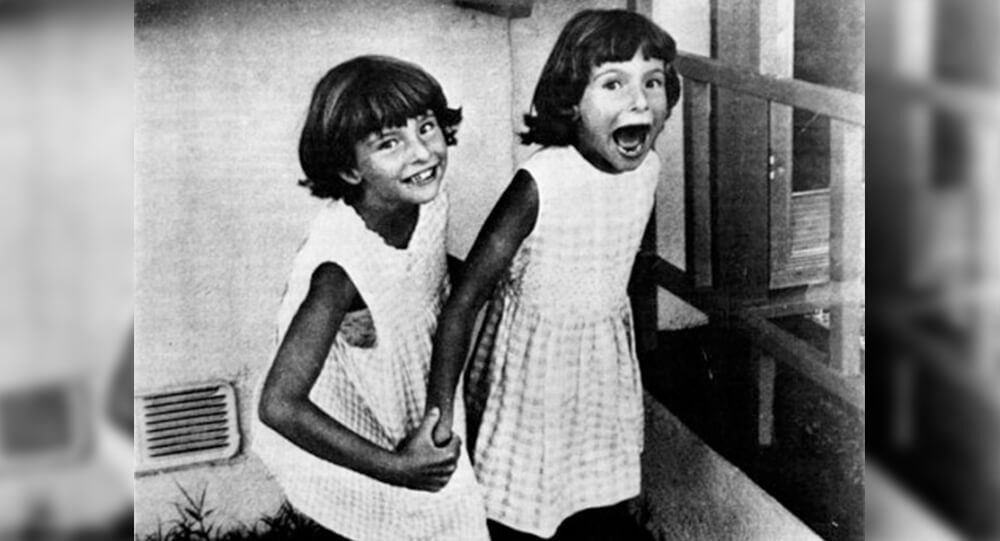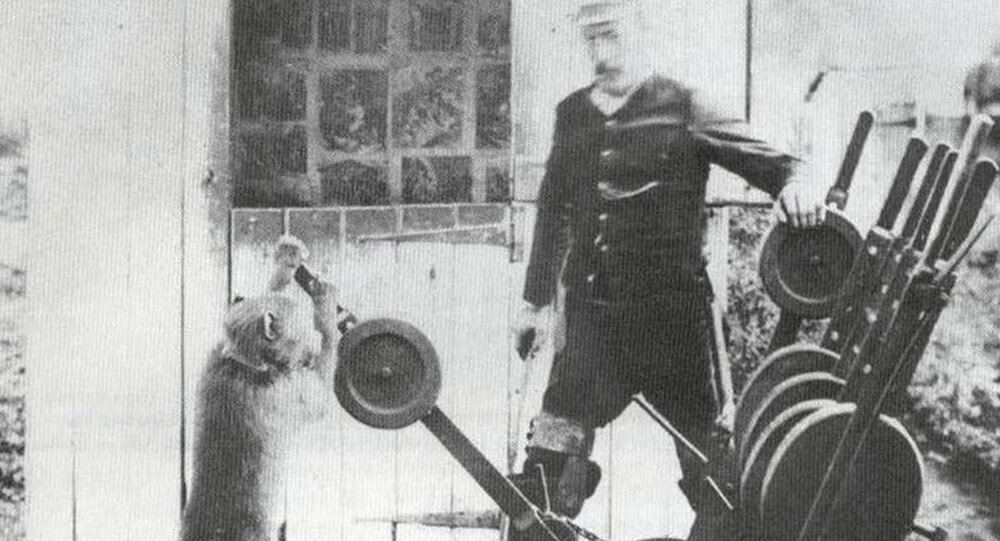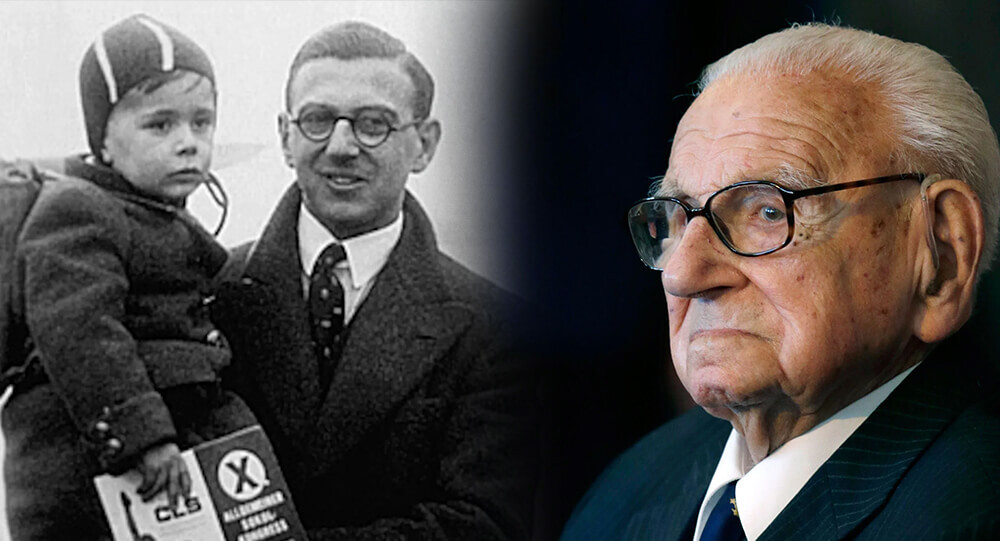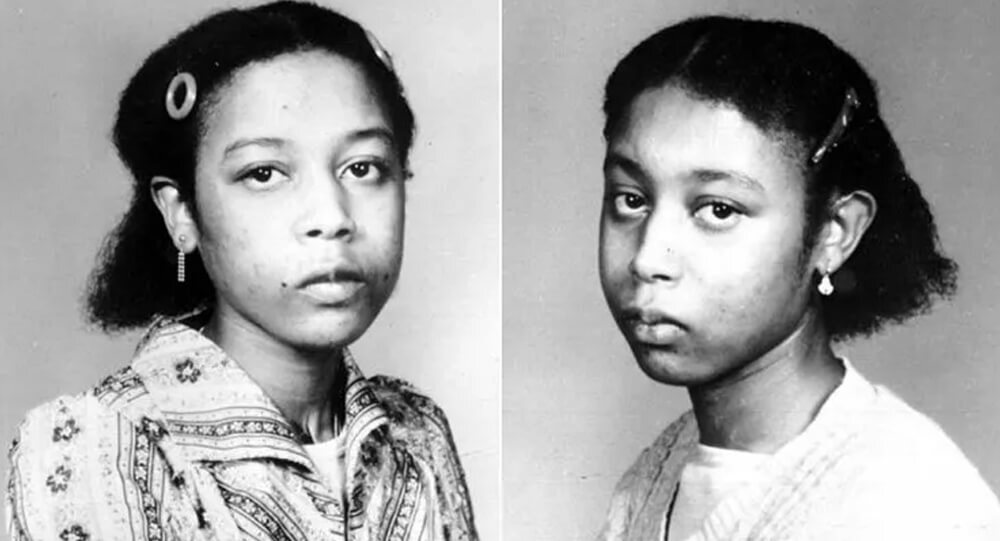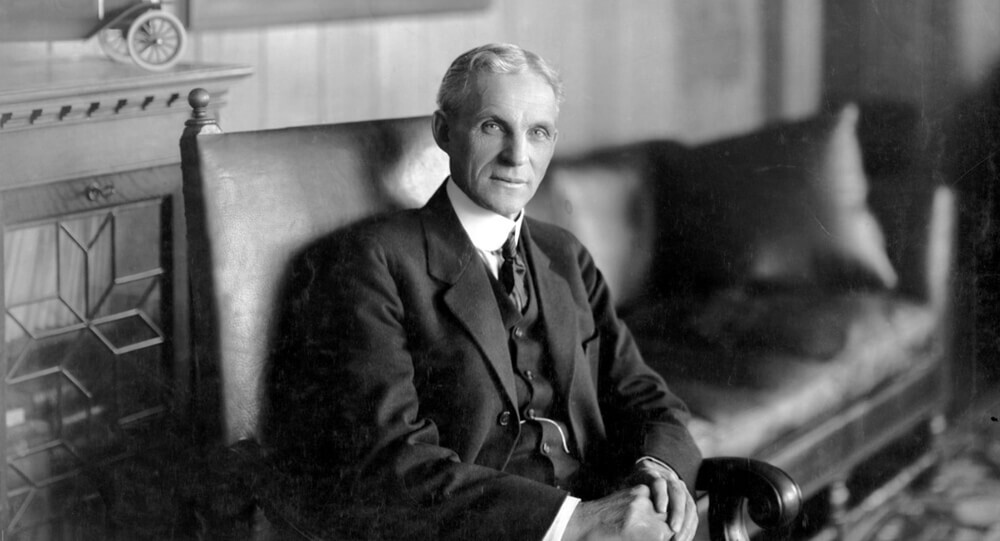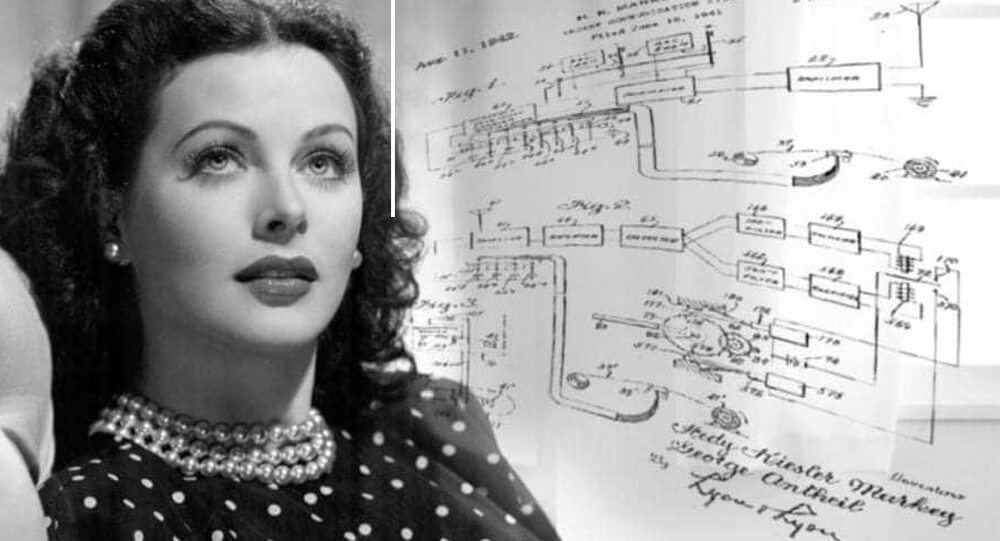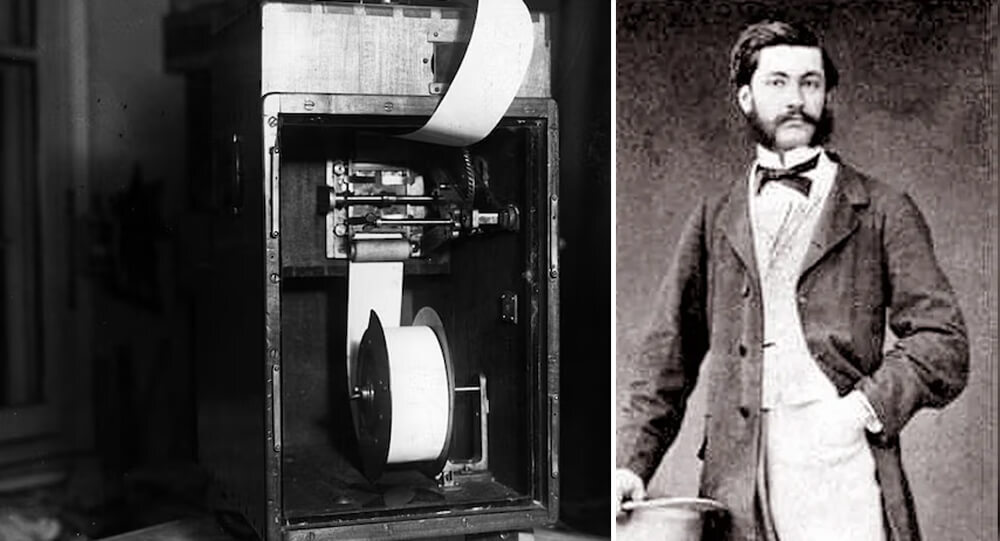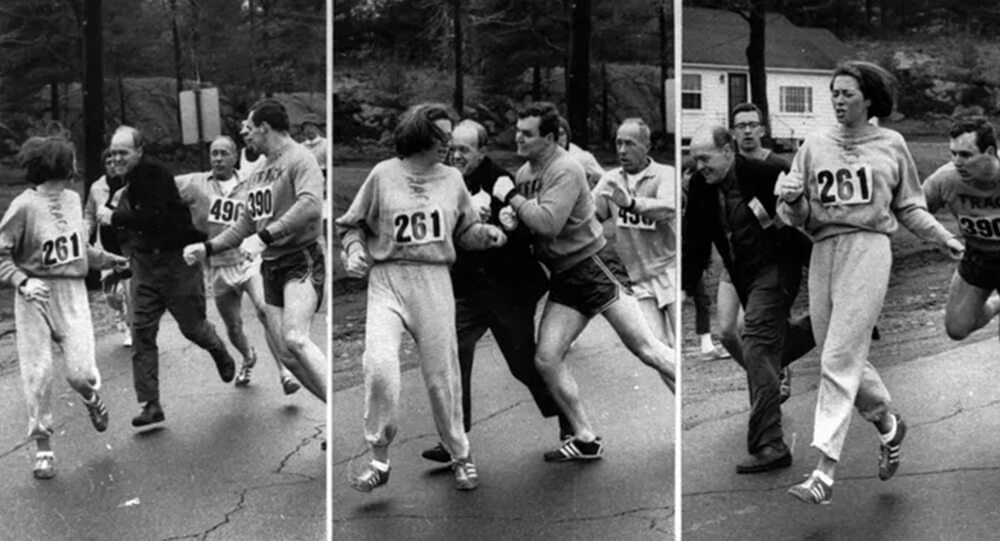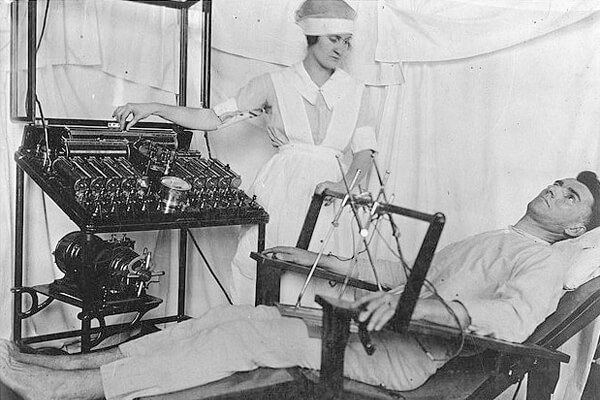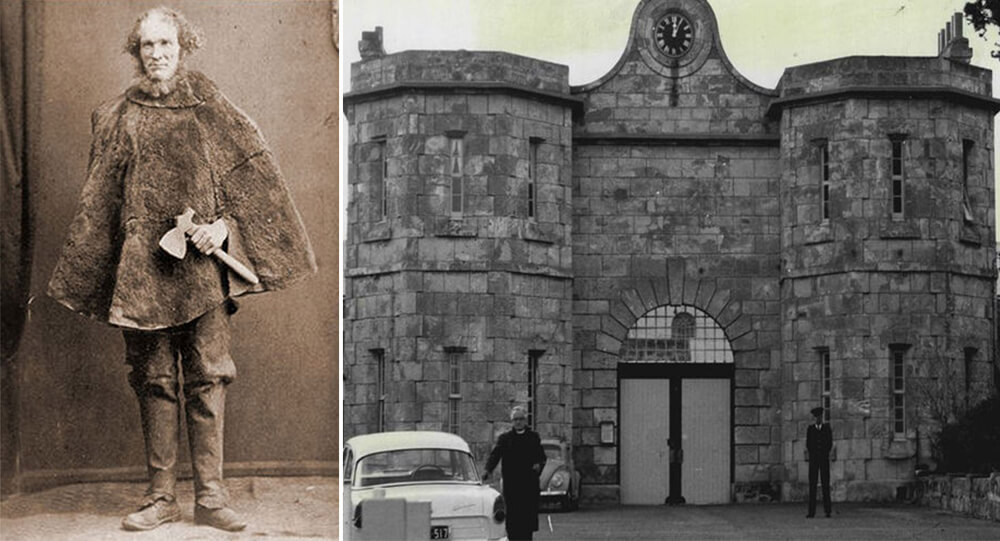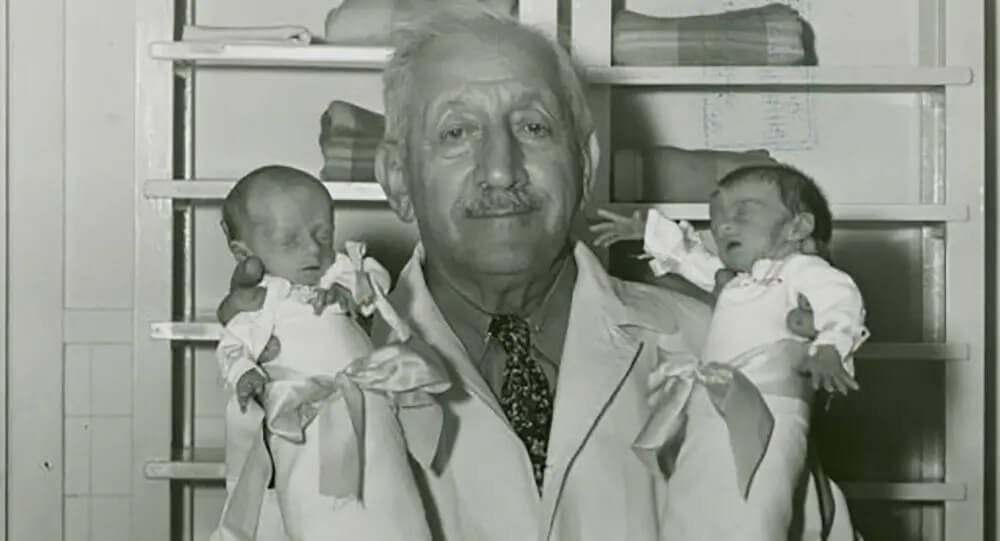

Martin Couney, Saved Thousands of Premature Babies Wasn’t a Doctor at All
At the turn of the century, visitors to Coney Island might wade in the water, eat ice cream, or ride a rollercoaster at Luna Park, an amusement park that had just opened. However, your promenade along the boardwalk may also include a visit to what amounts to the functional equivalent of a neonatal intensive care unit, complete with incubators full of premature babies sleeping inside of them.
It wouldn’t be an accident: in the late 19th and early 20th centuries, babies in incubators were a common sideshow. Premature babies could be seen in permanent exhibits like the one at Luna Park as well as at international fairs. The infants, however, weren’t there to be exhibited; rather, they were there to fight for their lives with the assistance of a courageous German man, Martin Couney.
Incubators, the most advanced technology available at the time, were used by Couney to keep premature babies alive. But prior to his ground-breaking work, doctors ridiculed or disregarded the technology.
French obstetrician Stéphane Tarnier created baby incubators after observing them in use at a zoo. Tarnier changed the concept he’d seen applied to newborn chickens to newborn people. However, in the early years of their existence, they did not have widespread adaptation.
The medical community’s attitude toward premature babies was one of the issues. Many people believed that it was pointless and expensive to care for premature babies. Low birth weight infants were cared for, but mortality was high and doctors believed Tarnier’s invention was not scientific. Few physicians think it has the ability to save lives because it was so novel and uncommon.
Here comes Pierre Budin, a French doctor who questioned why more medical facilities weren’t purchasing incubators. Despite the fact that he started conducting fruitful research with the technology in 1888, he encountered persistent difficulties when trying to secure funding for incubators. He made the decision to exhibit incubators at the Berlin World’s Fair in 1896.
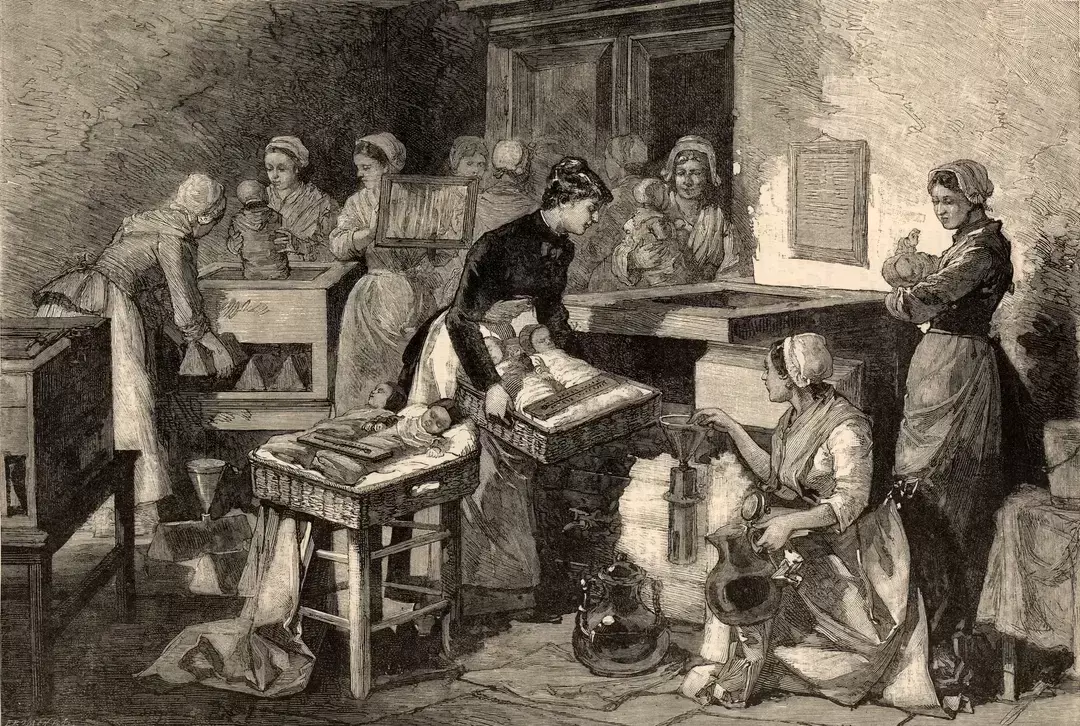
Fairs at the time were more than just places to enjoy rides and eat food. The Great Exhibition, organized by Victorian-era England in 1851, served as hubs for international knowledge-sharing and technological advancement. It was crucial for both professionals and the general public to learn more about the most significant discoveries of the time from the new machines, devices, and scientific advancements that the Industrial Revolution had produced.
This was also true of the World’s Fair in 1896. There, German Martin Couney saw a collection of several premature babies that Budin had borrowed from a hospital in Berlin. Couney knew right away that people would pay to see babies in incubators and that the unique exhibit would save babies’ lives. The sight was so unusual that people crowded into the display, paying money while the doctors gave new life to the six infants.
Both Couney understood they had a potential lifesaver on their hands after the exhibit’s success. Since his daughter had been born early, Couney became interested in the care of premature babies even though historians now believe he was not a medical doctor. If hospitals refused to treat premature babies, Couney could, using fairs and exhibitions to draw crowds and funds for their neonatal care.
Coney Island was a marvel in and of itself at the time. Every weekend throughout the summer, tens of thousands of pleasure seekers flocked to the beach and boardwalk. As a result, there was a flourishing culture of sideshows, amusement parks, and vendors that appeared all along the beach. Coney Island’s appeal was made even more piquant by its relatively relaxed, casual atmosphere, where New York’s massive population could let their hair down and indulge themselves.
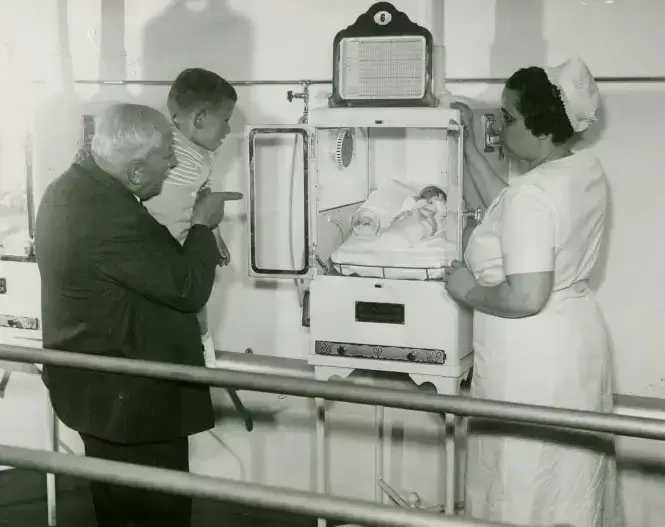
Incubators were a new attraction at Luna Park in Coney Island that opened for business in 1903. After relocating permanently to the US, Couney launched two incubator exhibits: Dreamland, located in Coney Island, and Luna Park. A fascinated audience watched as nurses attended to the babies. The premature baby exhibits featured carnival barkers, just like any other amusement, luring people in to see the babies. The premature babies benefited from ticket sales.
For many years, Couney ran the exhibits; at one Atlantic City incubator exhibit, he even asked his daughter Hildegard, the preemie who survived, for assistance. He received the babies from hospitals across the nation and accepted them at no cost. Slowly, thousands of babies were nursed back to health, and all because the public loved seeing them warm and cozy in their incubators.
Lucille Horn, who was born prematurely in 1920, said in an interview with NPR: “I think it was definitely more of a freak show, but as long as they saw me and I was alive, it was all right. Horn lived to be 96, and witnessed something that they usually did not see. She was only one of the babies who made it out alive; during his career, Couney claimed an 85 percent success rate and to have saved 6,500 babies.
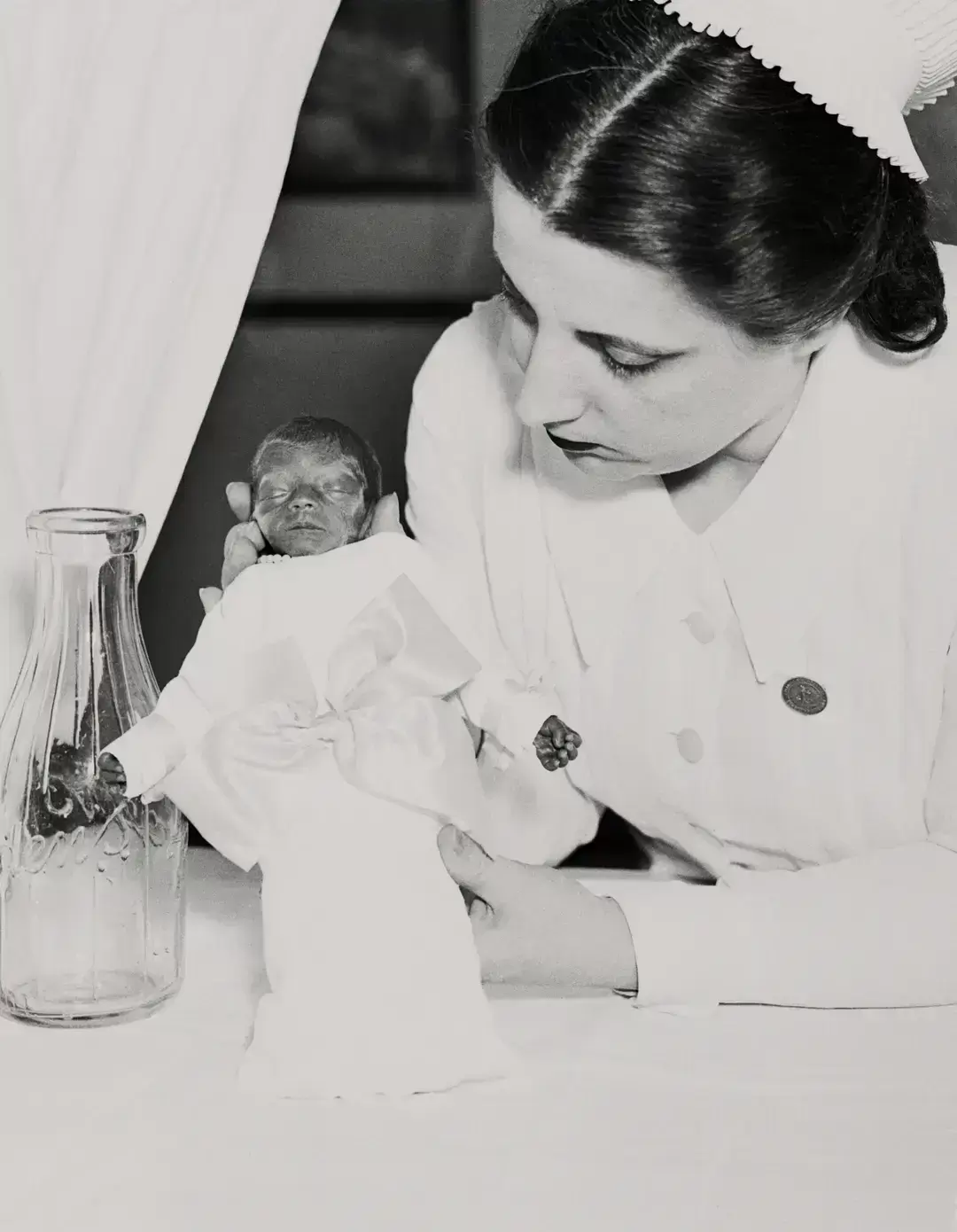
The incubators were a serious matter of medicine even though they had developed into a beloved sideshow. As more hospitals started using incubators and his methods in 1943, Couney ended the performance at Coney Island. Even though one in ten babies born in the US are premature today, Couney and the carnival babies have significantly increased their chances of survival.

Juliane Koepcke: The Teenager Who Fell 10,000 Feet And Trekked The Jungle to survive
In 1971, a high school student was sucked out of an airplane after it was struck by lightning. She fell 10,000 feet to the ground while still strapped to her chair and survived. Only to endure a 9-day trek to the nearest civilization.

The incredible story of Julia "Butterfly" Hill and her legacy
American environmental activist Julia “Butterfly” Hill lived in a 1500-year-old California Redwood tree for 738 days to prevent it from being cut down by the Pacific Lumber Company. The Simpson’s episode “Lisa the Tree Hugger” was inspired by Hill’s story.

Nordlingen, The Town Inside A Meteorite Crater With Millions Of Meteorite Diamonds
The German town of Nördlingen is embedded with 72,000 tons of microscopic diamonds. About 15 million years ago, a meteorite hit this region, and the impact created a massive depression and formed rocks containing diamonds, glass, and crystals. The town was built in the impact crater sometime around 898 CE.

The incredible story of a plane that lost its roof in mid-flight and the light signal that saved 94 lives.
On April 28, 1988, Aloha Airlines flight 243 was on the way to Honolulu from Hilo when a huge portion of the upper part of the fuselage blew off the airplane.

Iranian inmate dies from happiness after finding out he will not be executed
An Iranian man who was convicted of murder reportedly died from happiness after learning that his death sentence was being commuted.

Man's Blood Helped Save Millions of Babies
Australian blood donor James Harrison has been one of our most impressive and valued donors, having donated for 60 years. Know his story, how he was a pioneer of our Anti-D program, and why this matters.

Medals of Friendship: The Enduring Olympic Story of 1936
At the 1936 Summer Olympics, two Japanese pole vaulters named Sueo Oe and Shuhei Nishida tied for second, but they declined to compete against each other. As a result, Nishida was awarded the silver medal and Oe won a bronze medal. Upon returning to Japan, the athletes had their medals cut in half and spliced together to create new "friendship medals," which were half silver and half bronze.

Why This Belgian Bar Makes You Trade Your Shoe for a Beer
To prevent tourists from stealing their beer glasses, some bars in Belgium require people to hand over one of their shoes as a deposit which is then put in a basket and hung from the ceiling. These shoe baskets have also become an attraction.

Quaker Oats Fed Children with Radioactive Oatmeal
In the 1940s and 1950s, Quaker Oats and MIT conducted experiments on radioactive iron and calcium-containing cereal. The diet was part of a study to see if the nutrients in Quaker oatmeal traveled throughout the body. In January 1998, a $1.85 million settlement was reached for 30 victims who came forward.

The Horrific story of Ariel Castro and the Cleveland abduction
Cleveland abduction victims Gina DeJesus, Michelle Knight, and Amanda Berry were forced to live in Ariel Castro's house of horrors for 10 years. He raped and beat them until they escaped in 2013.

How did Howard Florey discover penicillin
Penicillin was discovered by Alexander Fleming, but he never attempted to turn it into an antibiotic. It wasn't until ten years later that Howard Florey discovered Fleming's obscure paper and understood the mold's potential. Up to 200 million lives may have been saved as a result of Florey's work.

Ancient Jericho: The First Walled City In History
The ancient city of Jericho is the world's oldest walled city, with evidence of stone fortifications dating back nearly 9000 years.

Poto And Cabengo: The Secret Language Of Twins
Poto and Cabengo, as the two girls called each other, communicated in their own language. The twins were ignored by their parents and secluded from the outside world because their father felt they were developmentally retarded, and their unique language evolved as a result of that neglect.

Jack the Baboon operated a railroad, earned a living, and never made a mistake
A baboon worked as a signalman for the railroad in the late 1800s. He never made a mistake and worked for the railroad until the day he died.

How European Rabbits Took over Australia
In 1859, wealthy settler Thomas Austin released 13 wild rabbits on his Australian estate. By 1920, their population grew to 10 billion.

Nicholas Winton ‘British Schindler’: Man who rescued 669 Czech children from Nazis
A man named Nicholas Winton saved 669 kids during WWII and lived almost all his life without letting people know.

June and Jennifer Gibbons The silent twin who Only Spoke to Each Other
Identical twins June and Jennifer Gibbons were born on 11 April 1963 at a military hospital in Aden, Yemen where their father worked as part of the Royal Air Force.

Henry Ford, The man popularizing the concept of the weekend off
Henry Ford was the first Industrial Giant to give his employees both Saturday and Sunday off in the hope of encouraging more leisurely use of automobiles and thus popularizing the concept of the "weekend."

Hedy Lamarr, A Hollywood actress who also a mathematician and inventor
Hollywood actress Hedy Lamarr was also a mathematician and the inventor of frequency hopping spread spectrum, a technology still used for bluetooth and wifi

Louis Le Prince Invented the motion picture camera, and then he mysteriously disappeared
Louis Le Prince, the inventor of motion pictures, vanished without a trace in 1890. Thomas Edison quickly claimed the title of "first and sole inventor of cinema," even taking Le Prince's son to court to dispute it. A few years later, the son also dies under mysterious circumstances.

Story of Kathrine Switzer: the first woman to run in Boston Marathon
Before women were allowed to run in the Boston Marathon, Kathrine Switzer participated. A race official attempted to forcefully remove her from the race in 1967, but her boyfriend pushed him down. She was the first female finisher who had a numbered entry in the race.

Top 10 most cruel medical procedures that are being used today
We are all aware that medicine has advanced dramatically over the last fifty years. There are several modern medical approaches available today, but this was not always the case. However, the past of medicine is a dark one. Medical leeches, lobotomy, vascular surgery, cranial stenosis, and even electroshock therapy are all options. These are only a couple of the cruel healing techniques that are still in use today.

Moondyne Joe: The story of Australia's most notorious prison escapee
A man named Joseph Bolitho Johns (A.K.A Moondyne Joe) broke out of Australian prisons so many times that the police were compelled to build a special cell just for him. He escaped from that as well.

Thomas Baker's heroic act that earned him the "Medal of Honor" was 8 bullets until death
Thomas Baker instructed his team to leave him with a pistol and eight bullets propped up against a tree after he was injured. Later, American troops discovered the now-deceased Baker in the same location, lying next to eight dead Japanese soldiers and carrying an empty pistol.

Archaeologists Uncover 2,000-Year-Old Amazonian Cities Using Lidar Technology
Deep in the Ecuadorian Amazon, archaeologists have uncovered an ancient network of urban settlements once inhabited by the Upano people about 2,000 years ago. Using cutting-edge lidar technology, these discoveries reveal a highly organized society featuring sophisticated agricultural systems, drainage canals, and extensive road networks. This transformative find challenges long-held assumptions about ancient Amazonian societies and sheds light on a complex civilization thriving in one of the world’s most biodiverse regions.



